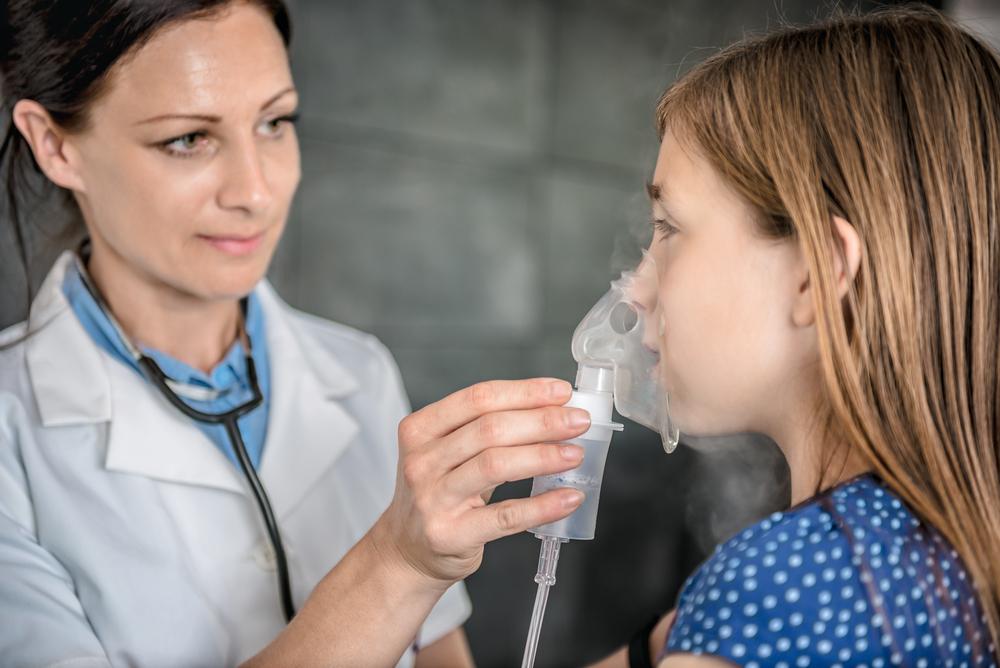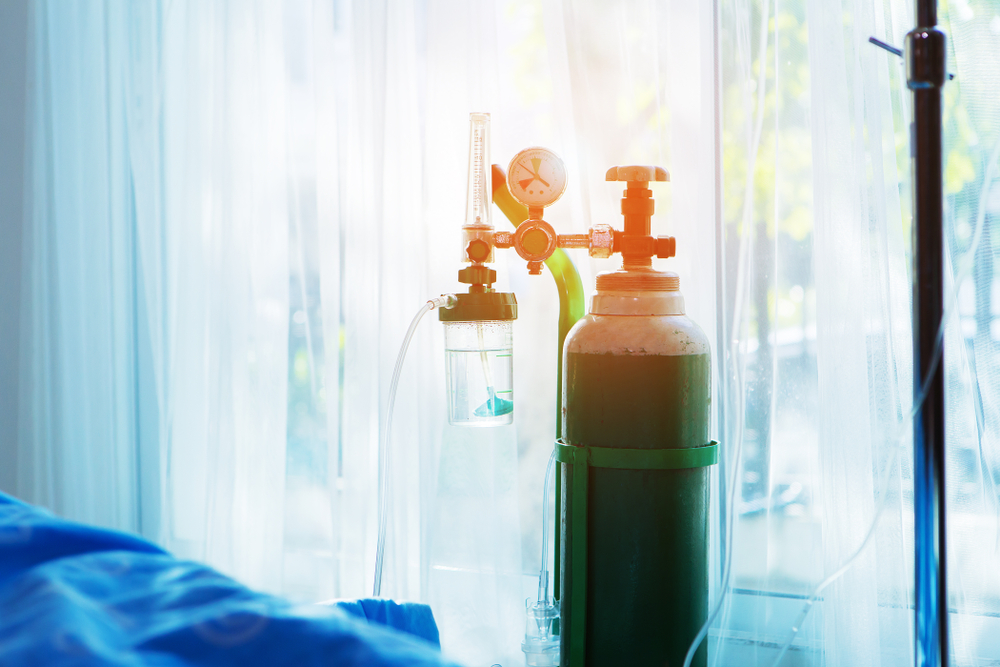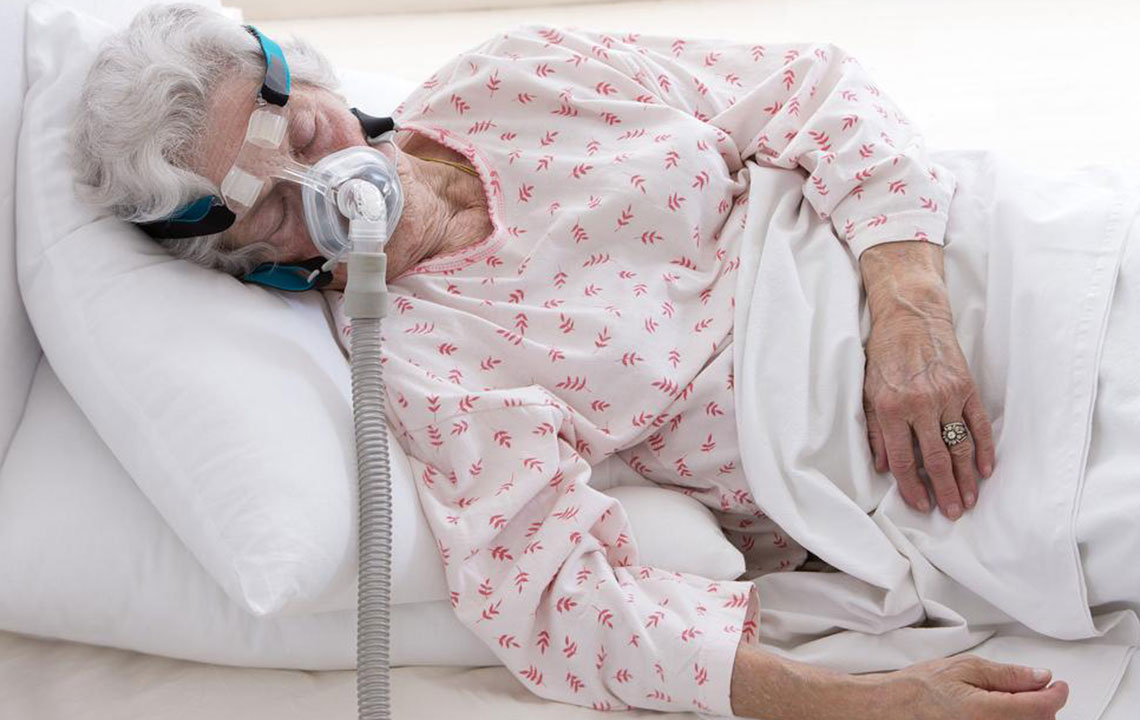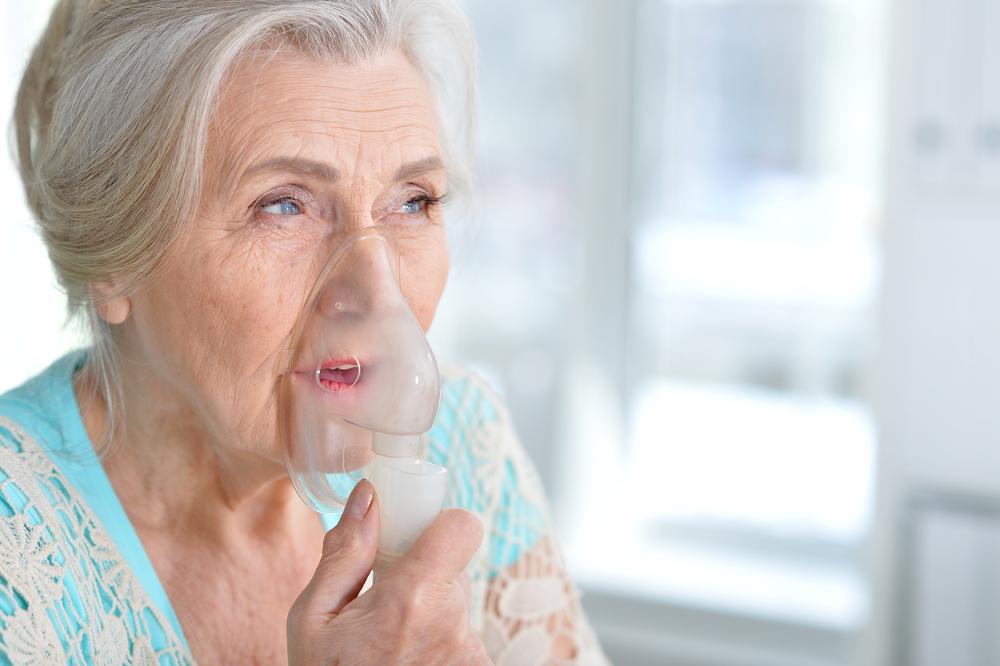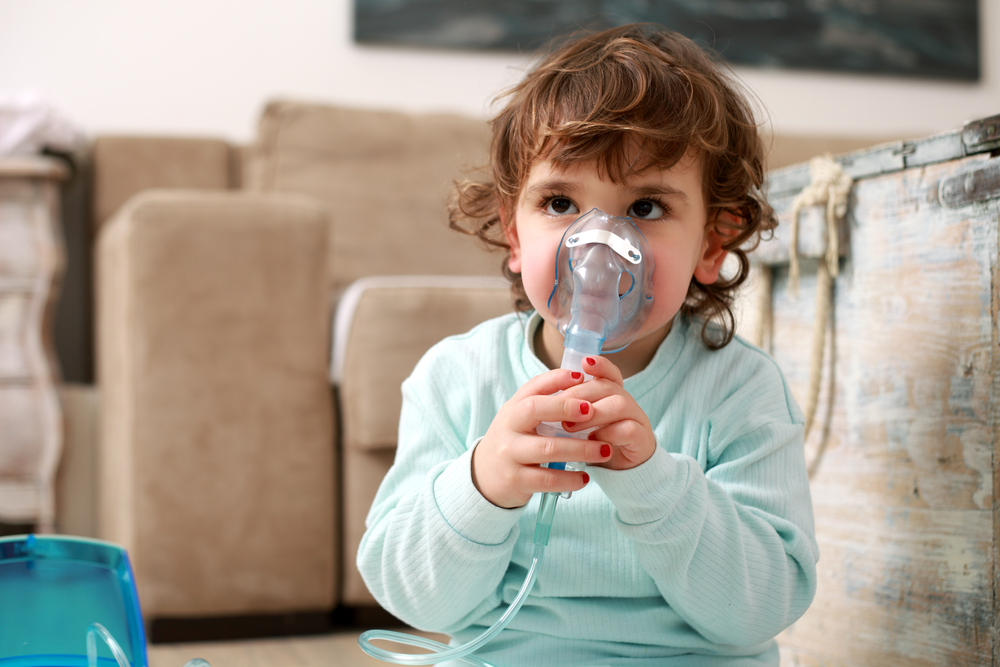Comprehensive Guide to Portable Oxygen Concentrators for Enhanced Respiratory Care
Discover everything you need to know about portable oxygen concentrators, including cost, portability, capacity, and how to choose the best device for your respiratory needs. This comprehensive guide helps users understand device options, consider affordability, and optimize oxygen therapy for an active lifestyle.

In-Depth Knowledge About Portable Oxygen Concentrators
For individuals managing respiratory conditions, portable oxygen concentrators have become vital tools in maintaining daily health and improving quality of life. As the prevalence of respiratory issues rises globally, so does the demand for reliable, efficient, and easy-to-use oxygen therapy devices. Technological innovations and improved design features continually enhance these devices, making them more accessible and affordable for users worldwide. Among the various options available, oxygen concentrators stand out as the most versatile and widely used devices for portable oxygen therapy.
When considering a portable oxygen concentrator, there are several critical factors to bear in mind to ensure you select the best device suited to your medical needs and lifestyle. This comprehensive guide will walk you through essential insights, including cost considerations, device performance, portability, and practical usage tips to help you make an informed decision.
Understanding the Cost of Portable Oxygen Concentrators
High initial investment: New portable oxygen units typically come with a significant purchase price, which might be a barrier for some users. Depending on the brand, features, and capacity, prices can vary greatly, averaging several thousand dollars for premium models.
Cost-saving options: Fortunately, refurbished or used oxygen concentrators are cost-effective alternatives that do not compromise on quality. Many reputable sources offer pre-owned devices like Inogen portable oxygen concentrators, which have undergone thorough testing and maintenance processes, ensuring they operate as efficiently as new units.
Utilizing refurbished devices can significantly reduce upfront costs while still providing reliable oxygen therapy. It is advisable to verify the condition and performance history of used units before purchase, and consult healthcare professionals for recommendations.
Portability and Ease of Use
Design for mobility: Portability is at the core of these devices. Your portable oxygen generator should be lightweight, compact, and easy to carry, whether you're traveling, working, or relaxing at home. Both new and used models, particularly Inogen systems, excel in delivering superior portability features.
Variety of carrying options: Many devices come equipped with shoulder straps, backpacks, or carry cases, facilitating ease of transport. The goal is to ensure that oxygen therapy does not interfere with your daily activities or mobility needs.
Assessing Your Oxygen Therapy Needs
Usage frequency: Before choosing a device, evaluate how often and for how long you need oxygen therapy each day. Some individuals require continuous flow throughout the day, while others need intermittent bursts.
Larger capacity for intensive use: Devices with higher oxygen flow rates are better suited for users with demanding oxygen needs. Used models like Inogen units often feature robust oxygen output capabilities, making them ideal for more intensive oxygen therapy scenarios.
Performance and Capacity of Portable Oxygen Concentrators
Many modern oxygen concentrators offer high performance with the ability to deliver consistent oxygen purity levels. Devices like the Inogen One G3 are popular choices among users because of their lightweight design combined with high oxygen output. Such models can operate for extended periods without frequent refills, thanks to advanced air extraction technology that maximizes oxygen production from ambient air.
Choosing a device with sufficient capacity ensures uninterrupted therapy, especially for users with severe or chronic respiratory conditions. High-output models can provide higher flow rates, offering greater flexibility and peace of mind during travel or active daily routines.
Making the Right Choice: Tips for Selecting a Portable Oxygen Concentrator
Match your lifestyle and needs: Select a device that balances portability, capacity, and cost based on your daily routine, activity level, and medical recommendations.
Consult healthcare providers: Always seek guidance from your doctor or respiratory therapist to ensure the device’s specifications align with your prescribed oxygen requirements.
Research reputable brands and models: Focus on well-established brands like Inogen, Philips, and Respironics, which are known for their durability, efficiency, and customer support.
In conclusion, choosing the right portable oxygen concentrator involves evaluating various factors such as cost, portability, oxygen capacity, and your specific health needs. By understanding these key aspects and working closely with healthcare professionals, you can select a device that enhances your mobility, provides reliable oxygen therapy, and ultimately improves your quality of life. Whether opting for a new or used device, making an informed choice ensures you get the best value and performance from your investment in health and well-being.

